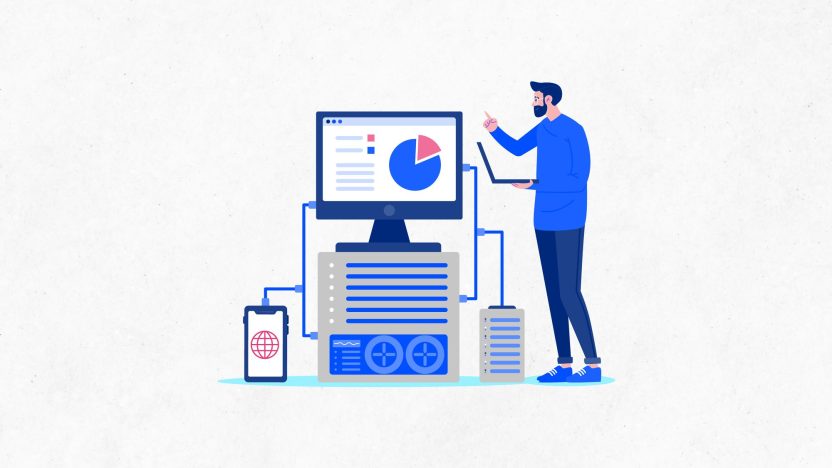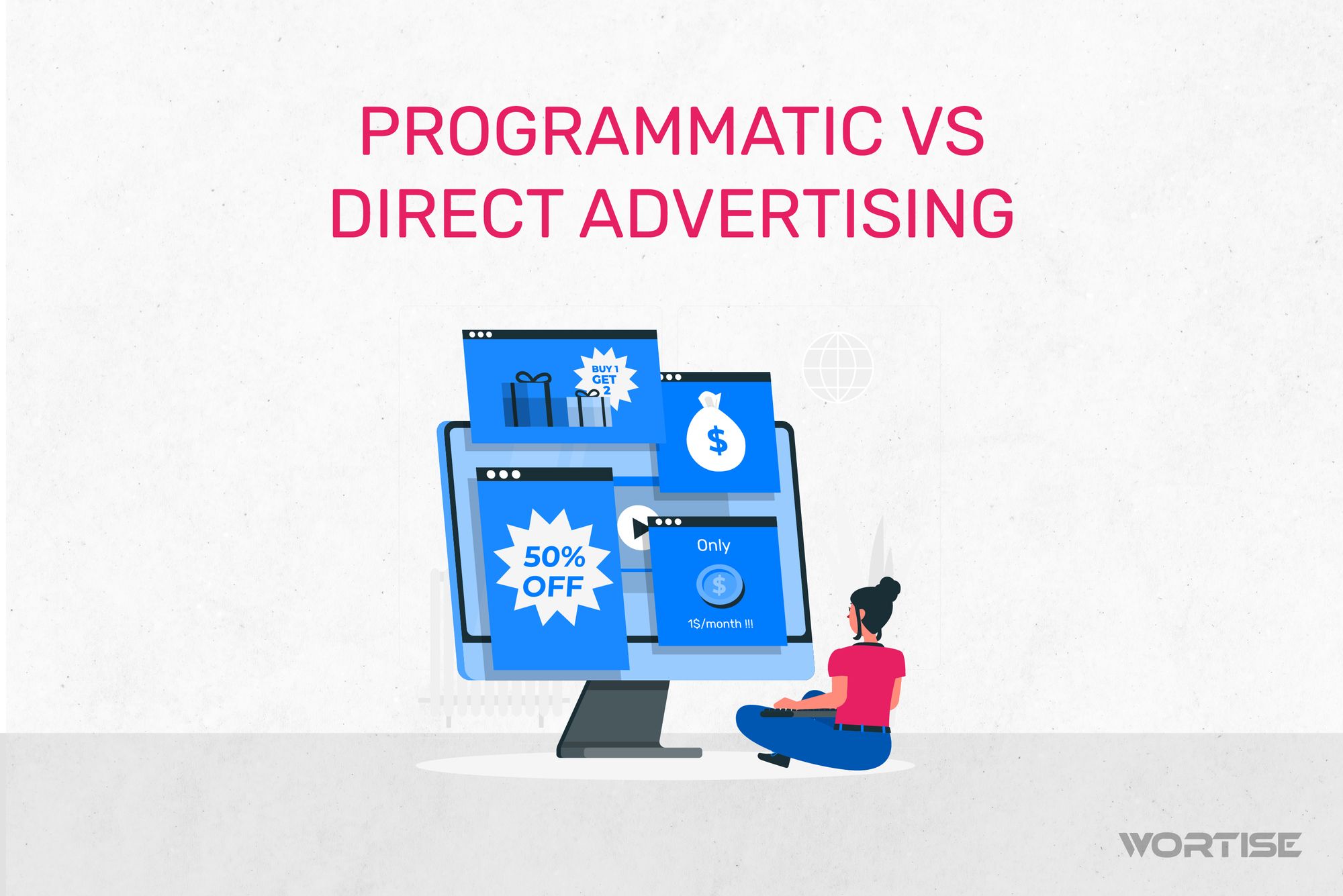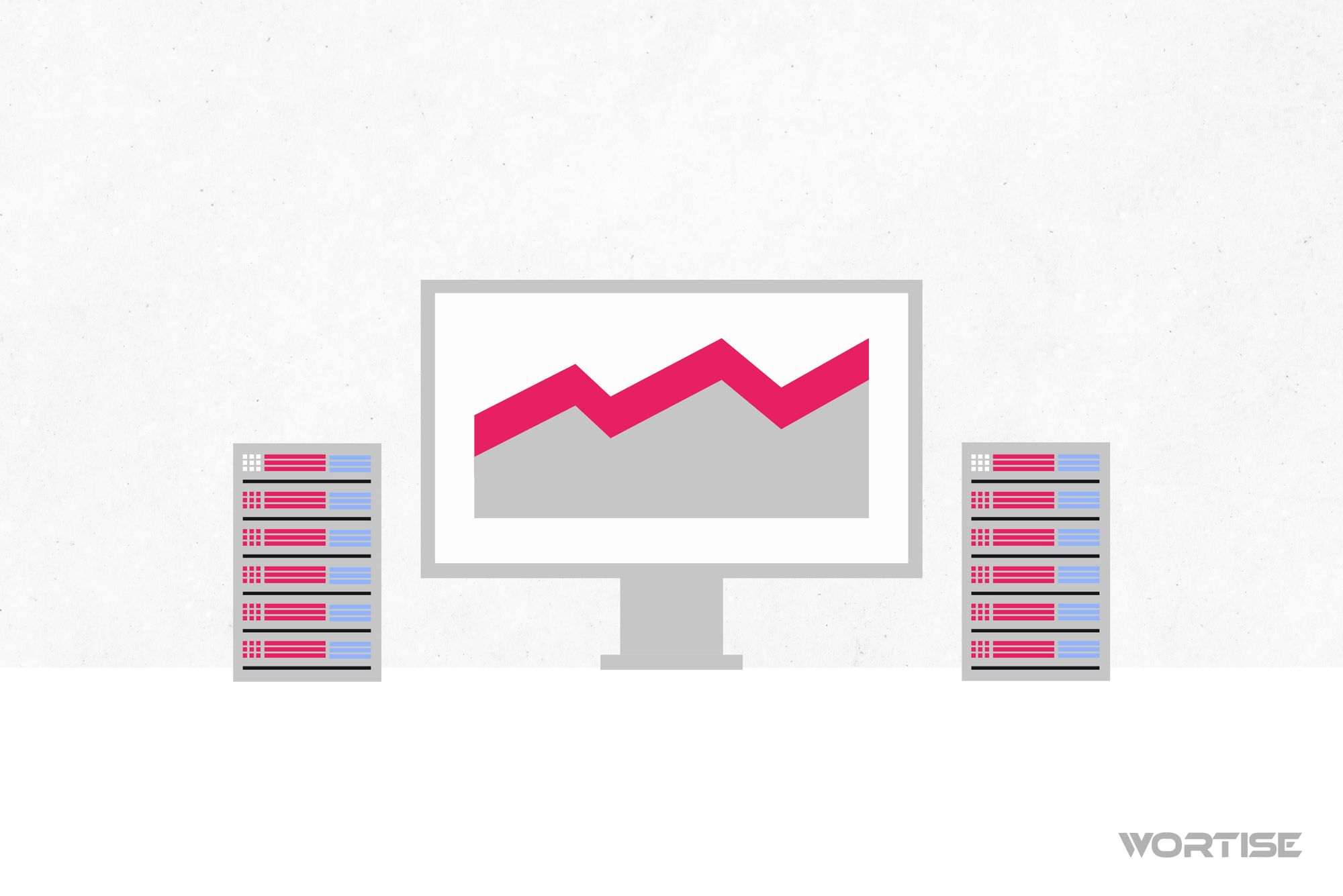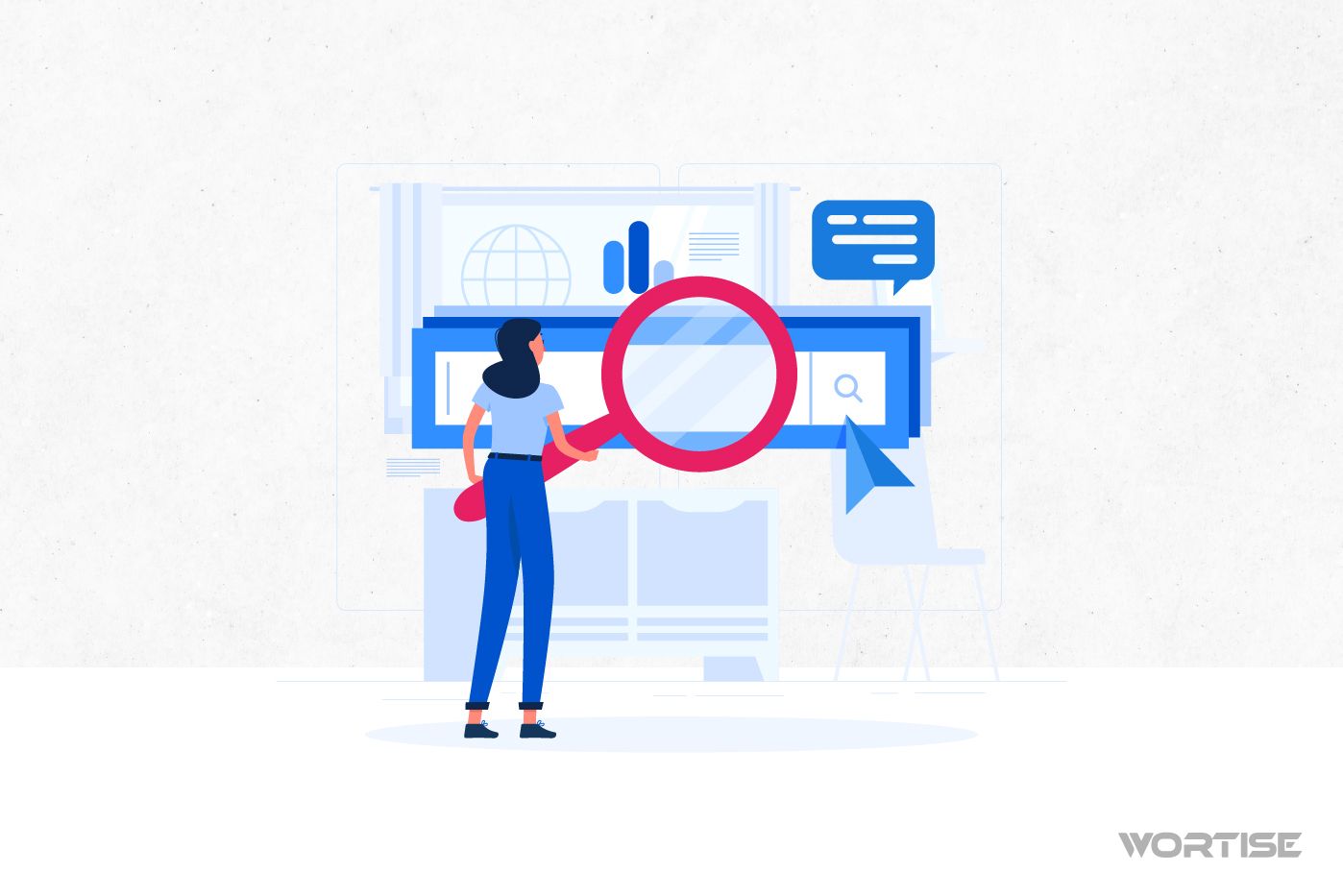An excessive use of condiments can ruin the flavor you want to give to a meal. And although this note is not about gastronomy, it’s a perfect analogy to understand the world of programmatic advertising: many optimizations can affect the impact of your campaigns. Faced with this scenario, every publisher must know how to optimize their programmatic campaign to be more efficient.
There are hundreds of tools available to optimize campaigns; you just need to know which strategies are the most correct to achieve a higher effective cost per thousand impressions (eCPM) each time. Do you know them? We have drafted this article to show you 8 of the best programmatic campaign optimization strategies so you succeed in all your paths as publishers.
What should you consider to be successful in advertising campaigns? The importance of DSP and SSP
Programmatic campaigns, unlike traditional advertising, are executed in an automated manner with the help of algorithms and Artificial Intelligence. Therefore, optimizations must always be applied that adapt to the advancement of technology and the demands of users.
Each configuration is key to ensure that advertising spaces are bought without setbacks and we can achieve better metrics each time because settling for less is not an option. The reason is simple: there is a lot of money at stake. According to data from IAB Spain for 2023, programmatic advertising exceeded 72% of all investment in digital media worldwide, an overwhelming figure that invites us to reflect on the importance of this type of advertising today.
But it’s not all smooth sailing; to succeed in programmatic campaigns and take advantage of their boom in the global economy, as an advertiser, you must choose a practical and innovative demand-side platform (DSP) that allows you to buy inventory sections without obstacles; while if you are a publisher, you must ally with a supply-side platform (SSP) that helps you sell your space quickly and without fine print.
Whatever your case may be, the priority is clear: choose a technological platform capable of connecting with premium audiences to maximize the value of each inventory. Only then can you execute increasingly accurate optimizations.
Also, consider that the platform you use to access the global demand has a high reputation, is 100% transparent in its processes, and offers detailed reports so you can optimize your campaigns based on data.
With this clear, let’s now move on to other points of interest.
Programmatic Campaign Optimization, What’s Its True Importance? + Benefits
Becoming a crack in programmatic campaigns is a short-term goal. Being enthusiastic about optimizations guarantees greater effectiveness of your product and provides the option to avoid future failures or correct them the moment they arise.
In this industry, it’s not enough to celebrate that an ad reaches any user but that it reaches a potential user. That is a real achievement. But what is the true importance of programmatic campaigns? Here are some benefits:
Being precise in segmentation
Applying optimizations to programmatic campaigns allows you to target ads to ideal users according to the type of devices they use. What does this mean? Well, simply ensure that the message conveyed by the ad has an impact on the right person, the one who sympathizes with the product or service they see.
Imagine filling your inventory with ads about a Japanese anime app. Does it make sense to show that ad to an audience over 50 years old? Obviously not! A timely optimization ensures that these ads are shown to anime fans.
Improving performance
Being a fan of optimizations means that any programmatic campaign remains in constant adjustment to improve its performance and avoid technical failures. Moreover, all this serves to adapt new strategies according to audience performance and how they embrace ads.
Streamlining space sales
And well, as a third outstanding benefit, we can mention the ability to optimize advertising spaces to delegate them to automation and thus speed up the process of buying and selling inventory.
What is the immediate benefit? Without a doubt, the ability to optimize time and avoid doing so many manual processes that, as you know, increase the risks of errors.
Apply these 7 strategies to optimize your Programmatic campaign
1. Employ demographic data like an expert
Segmentation and the data you have about your audience are, without exaggeration, the most valuable resource you have at your disposal to create a successful programmatic campaign optimization.
Therefore, try to be extremely specific in demographic data and browsing behavior for each user so that you show ads with greater value. Take the necessary time to optimize, as doing it too quickly can limit the performance of campaigns by not processing the data correctly.
Don’t change the location of ads without having at least 2000 views on one of them; only then will you know if the optimization you applied is having a true effect. Also, don’t stick with “monolithic” segmentations, opt to divide them into small groups according to their interests.
2. Diversify demand sources
Don’t think that working with a dozen ad networks is enough. A good space seller covers as many ad networks as possible to catch the desirable audience: advertisers who pay well.
Why? Each optimization you make will fall like a glove to succeed in demand sources, which, as you know, have exclusive advertisers, a greater variety of audiences, and different ad formats. It’s about smart optimization to diversify revenue sources.
Don’t fall into the trap of working with a few ad networks; that will make you dependent on them and, in the future, if they experience problems or reduce their reach, your income will be affected.
3. Conduct A/B tests and optimize according to results
A/B tests allow you to compare two versions of an advertising campaign and determine which one generates better results. In the case of a programmatic campaign, optimizing is a decisive factor to identify if there is an element—design, format, etc.—that works better than another and follow that path.
If you run an A/B test and apply optimizations according to the results obtained, you will better understand your audience, execute data-based strategies rather than “hunches”, and get better click and conversion rates. The result? Updated and relevant ads for your audience!
4. Keep pace with optimizations
Applying constant optimizations is counterproductive because you are not giving time for one strategy to end when you are already activating another. Repetitive optimizations make it impossible to determine which element produced the expected performance.
What is recommended? Some experts in programmatic advertising suggest applying one optimization per week, making it easier for each advertising platform to adjust to changes and generate results.
5. Review key metrics
Any programmatic campaign must undergo deep measurement to determine where optimization is required. It is always recommended to look at click-through rates (CTR), cost per click (CPC), and cost per acquisition (CPA); these metrics help to know which formats are causing greater interaction with your audience.
Based on the statistics you have on hand, you can, among other things, eliminate creatives and replace them with others, change user segmentation, modify the call to action (CTA), and more. Do you see that optimizing is worth it?
6. Set realistic goals
All optimization strategies must be focused on measurable and real objectives. Define what you want to achieve and execute optimizations taking into account the data you have already read in this article to know if you are meeting the objectives or not.
7. Make your app increasingly secure
There is a reality that we cannot hide: programmatic advertising is an easy target for frauds as it is exposed to bot activations and click farms. This can affect the performance of your earnings since you may incur penalties or problems related to data control.
To get rid of this, you can examine advertisers—if you opt for direct sales instead of auctions—and verify that they are responsible and transparent people. But as programmatic advertising is unstoppable, it’s best to incorporate technological tools to detect anomalies and ensure that ads are shown to real users.
There are mediation platforms that have tools capable of detecting irregular practices or harmful ads; or, in other words, an anti-spam system.
8. Diversify ads
There are many advertising formats that can be used to engage users. A strategy that always works is to bet on those avant-garde and dynamic formats such as displays, as they occupy a large part of the screen and have elements that encourage interaction.
But beware, you must be careful how many times you show it to users. Repeating it will only make people tired and end up fleeing from your app. Banners also work quite well, but if you have a gaming app perhaps rewarded ads work, which—according to data—are liked by 89% of users.
The determining factor is that you work with a mediation ad that offers a wide variety of innovative formats. But always think about the user experience and put yourself in their shoes, so you can optimize your creativities more successfully.
Programmatic campaign 2024: aim to stick to these trends
Motivated by the solidity and stability of the programmatic advertising market, there are few emerging trends for this year. One of the first, according to some LinkedIn experts, is to work on real-time optimizations that allow you to stick to global demand.
Furthermore, it is expected that this 2024 will mark the definitive year for the elimination of third-party cookies. What does this mean? That you must think about optimizations to obtain first-party data.
It is also estimated that this year real-time auctions, known as Real-Time Bidding (RTB), will be the protagonists of the business. Here lies the importance of choosing a mediation ad that “makes you win” in the bids and maximizes the value of your inventory.
However, this does not mean that you will only focus on RTB and ignore direct programmatic deals (doing business one-on-one with an advertiser). No and no! The ideal is to combine both forms of work and optimize according to the requirements of each.
You need an efficient mediation ad to optimize your Programmatic campaign: Wortise is the solution
Applying many of these tips on a platform that does not match your objectives is, unfortunately, like plowing the sea. You need a platform that has efficient configuration and analysis tools so that all your strategies run correctly.
That’s why Wortise exists! Made by publishers for publishers, at Wortise we work with first-party data to provide you with advanced hyper-segmentation options so you can get up to double the eCPM offered by AdMob.
We mediate with more than 100 Ad networks and offer 1-1 support so that your strategies do not fail. In addition, we offer an advanced dashboard so you can view metrics with practicality and make smart and informed decisions.
Wortise facilitates the receipt of the best bids so that your app enjoys premium advertisers.




